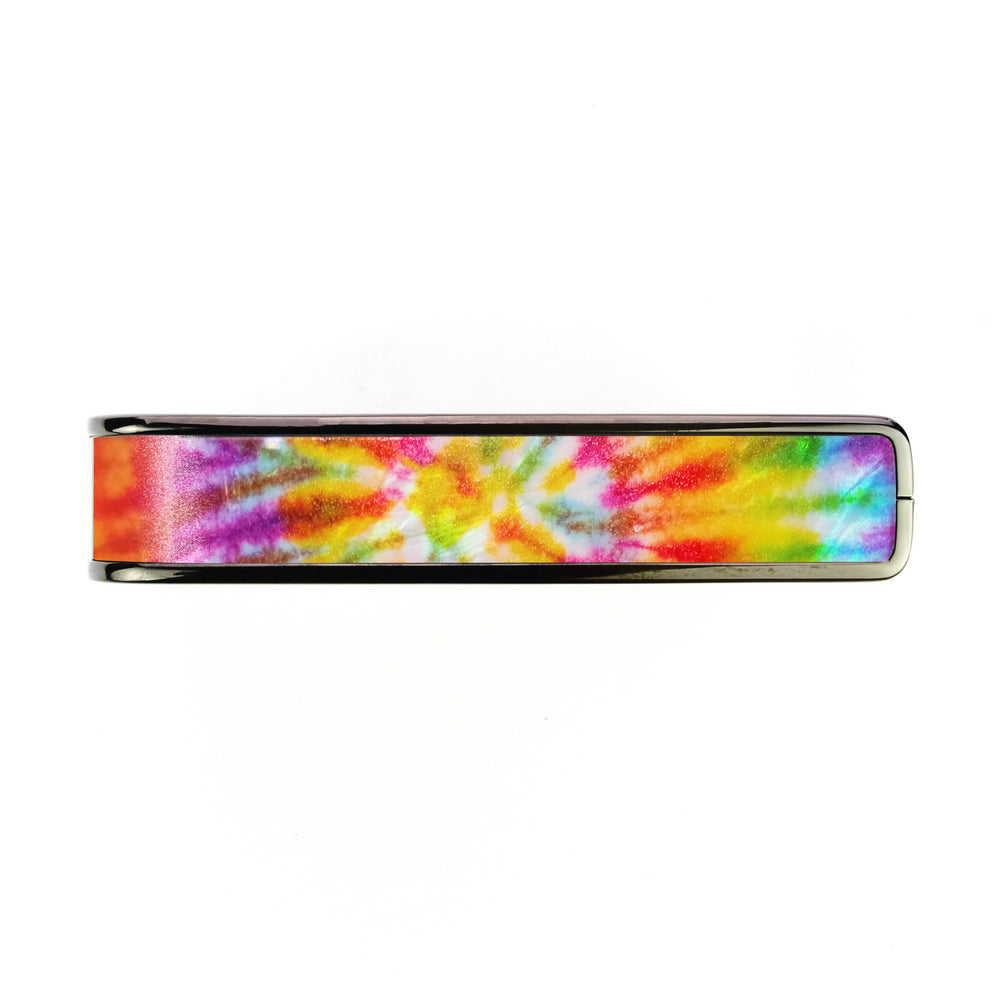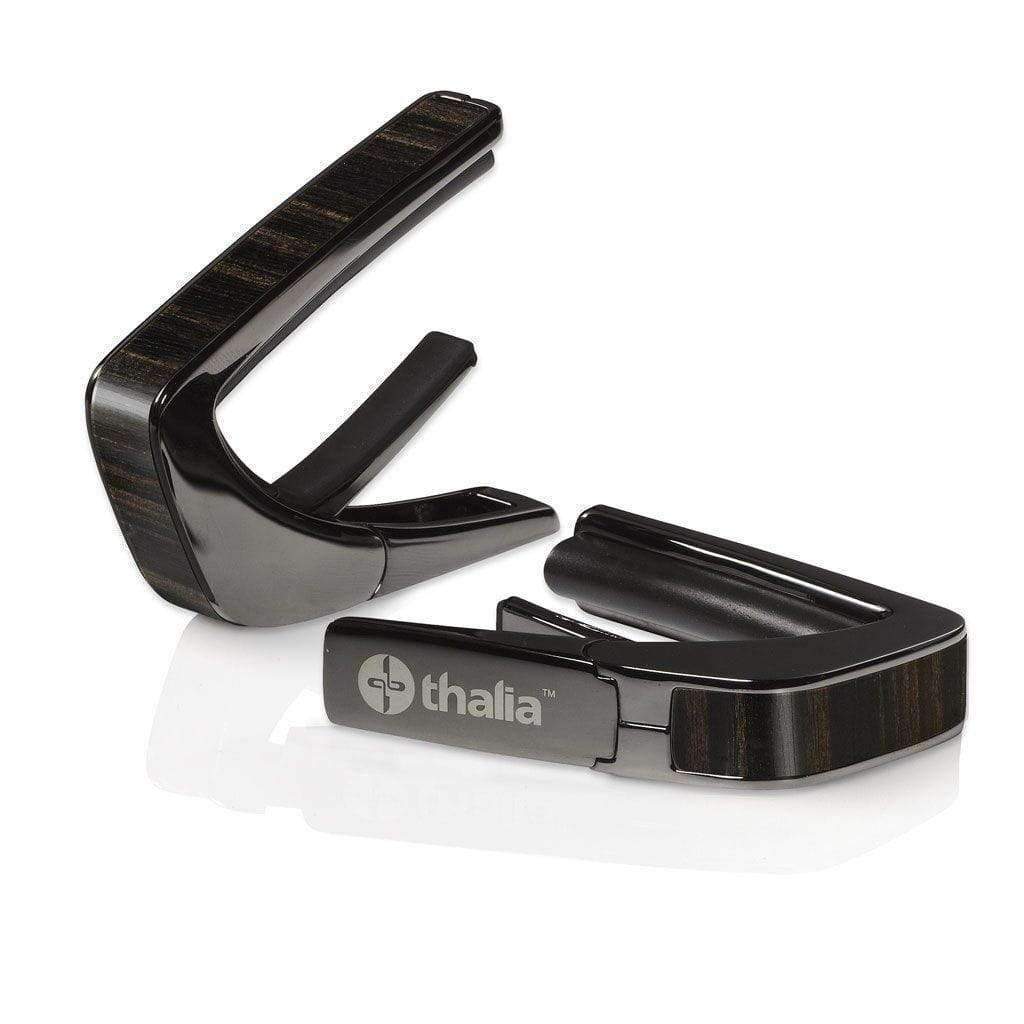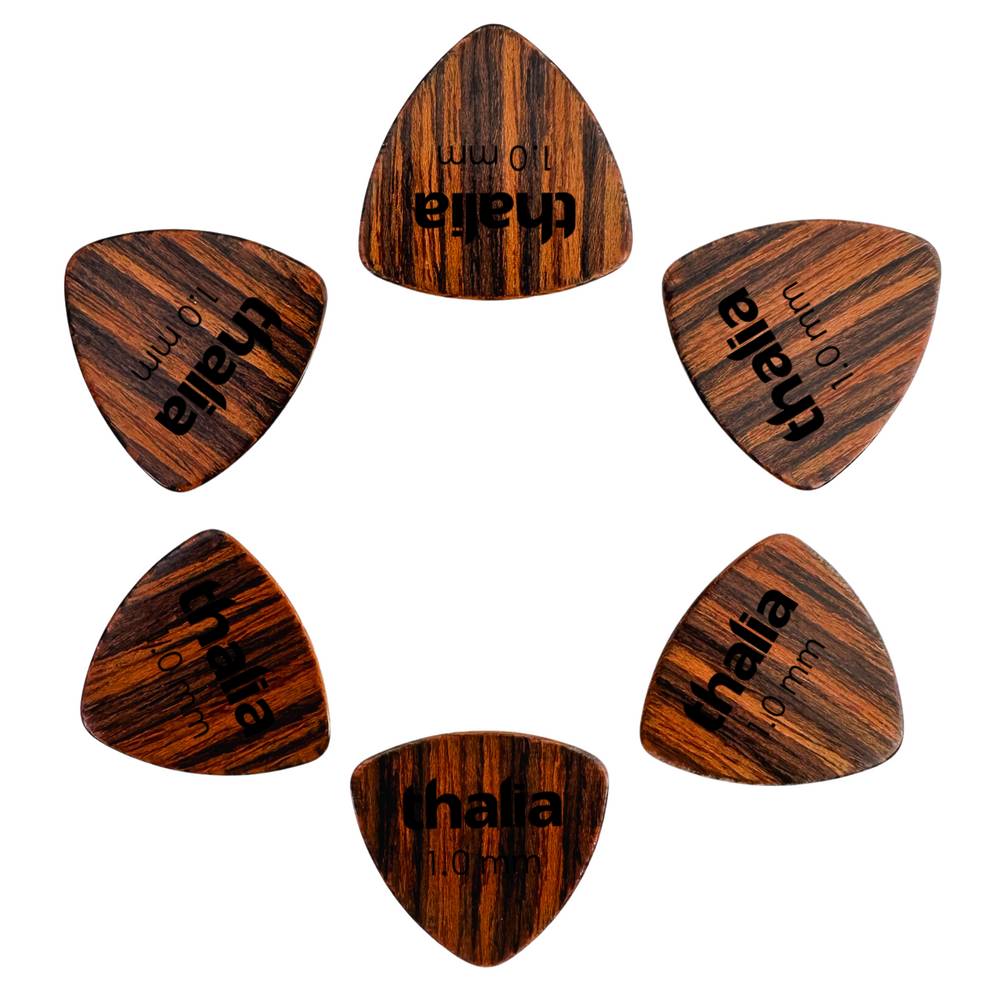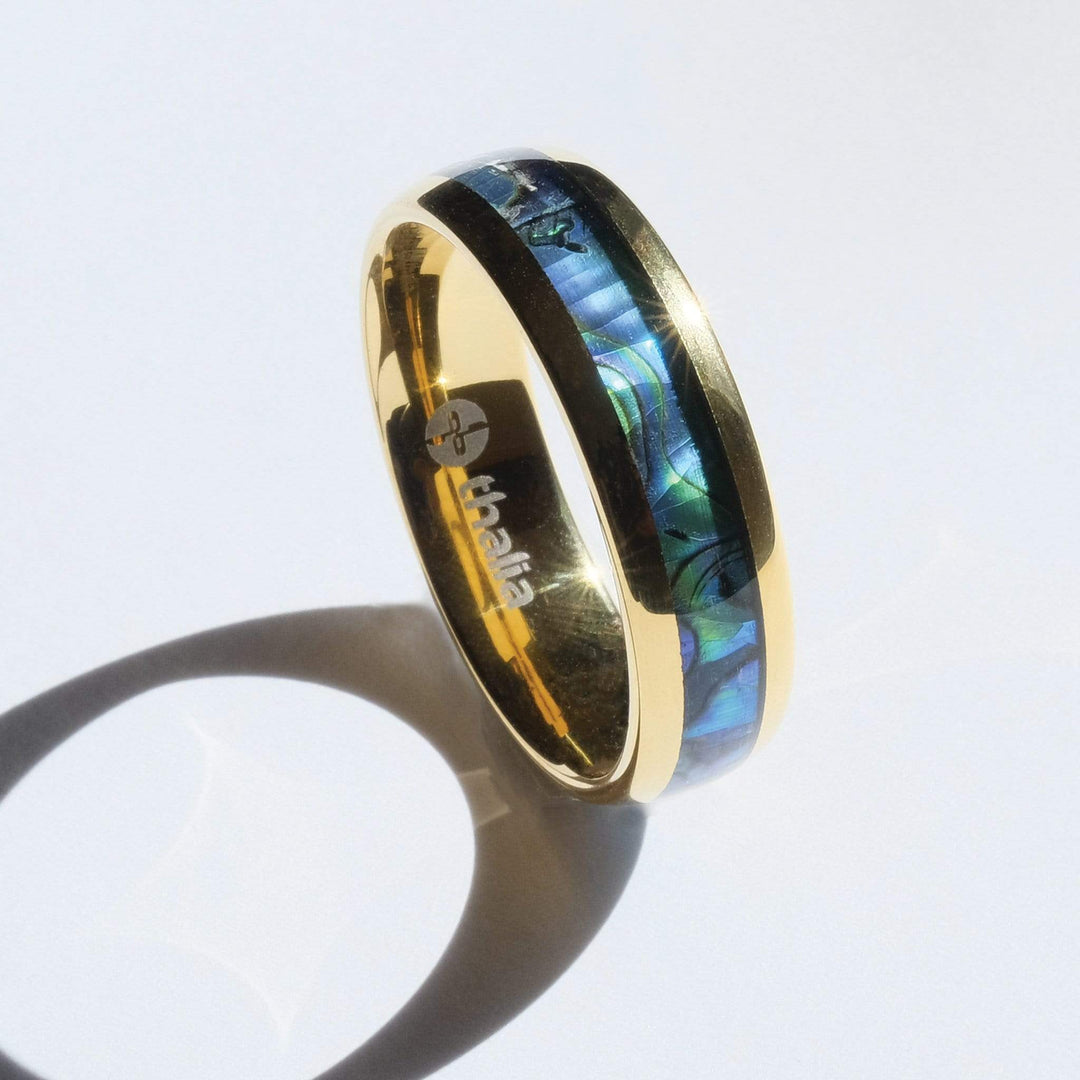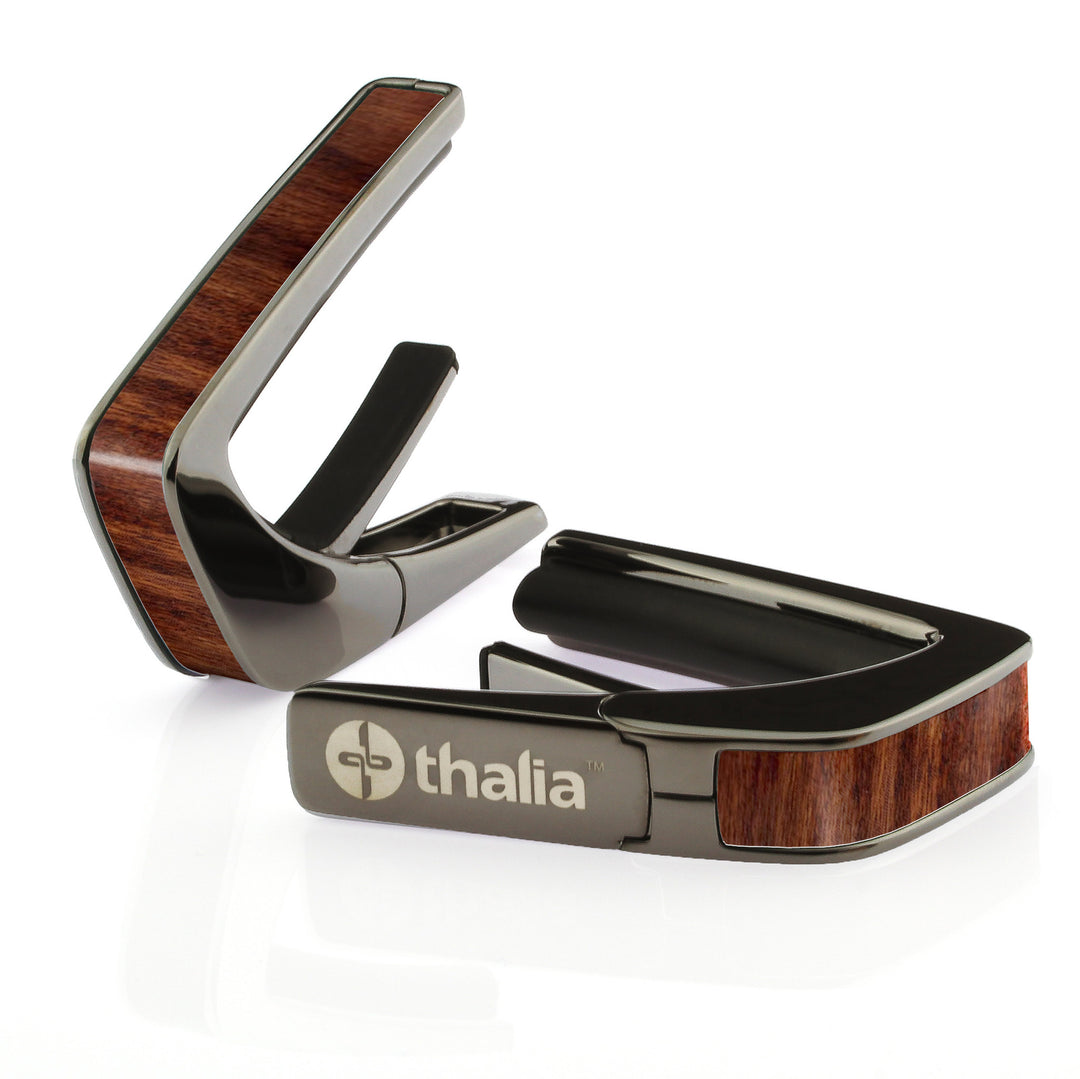The First Riff

The ¾ scale guitar had sat in the corner of my room for the past two years.
It was an Admira Classico Spanish guitar, and had been bought for me when I started classical guitar lessons at the age of 11.

I’d been fascinated by the guitar since I was a little kid. I remember my cousin had a battered old acoustic in his bedroom, and whenever I visited him, I’d attempt to play it, making up songs and hollering them at full volume whilst striking the strings with reckless abandon.
I’m sure that to everyone in the vicinity, it sounded like atonal nonsense. But, it was sweet music to me, baby, and my six-year-old self was hooked.
Guitar lessons eventually followed. But, classical guitar didn’t grab me in the same way that my own freeform compositions had. Firstly, I didn’t know any of the songs I was supposed to be learning. Secondly, it required the kind of co-ordination and finger dexterity that I was – at that time at least – far too impatient to master.
“I read somewhere that there are these things you can use to hit the strings so you don’t have to use your fingers. I think they began with a P,” I once told my guitar teacher.
“The thing that begins with a P is called practice,” he replied. He was right, of course, but that didn’t mean I wanted to hear it.
So I eventually stopped lessons, and the guitar gathered dust.
Guitar music, however, was very much a part of my life.
I was an adolescent by this point, and rock music was my life. I worshiped at the altar of rock gods like Jimmy Page, Eric Clapton, Ritchie Blackmore and Tony Iommi. To me, their guitar mastery was mindbending; I was in awe of the sounds they created.
It took me a while before I put two and two together and realized I could attempt to replicate some of those sounds on my very own six-string. Sure, my Admira Classico wasn’t a Gibson Les Paul through a Marshall amp. But it worked and – by some small miracle – was still more-or-less in tune.
Freed from the constraints of formal music lessons, I reverted to my six-year-old self and simply started hammering on the strings, fretting up and down to generate different tones.

It didn’t sound great. That was, until I happened to strike the open, third and fifth frets on the D string in succession. I recognized the progression straight away and a shiver went down my spine. To those in the know, learning the first bar of “Smoke on the Water” isn’t much to shout about, especially when you’re only playing it on one string. To me, though, it was – as Obi Wan Kenobi once put it – my first step into a larger world.
An hour-or-so later and I’d figured out the rest of the riff. The timing was way off and I choked the notes as my fingers struggled to stretch across the frets. But it was discernibly “Smoke on the Water,” and I was hooked.
What was the first riff you ever learned on the guitar? And what was the moment you decided you wanted to play an instrument? Share your stories in the comments.







